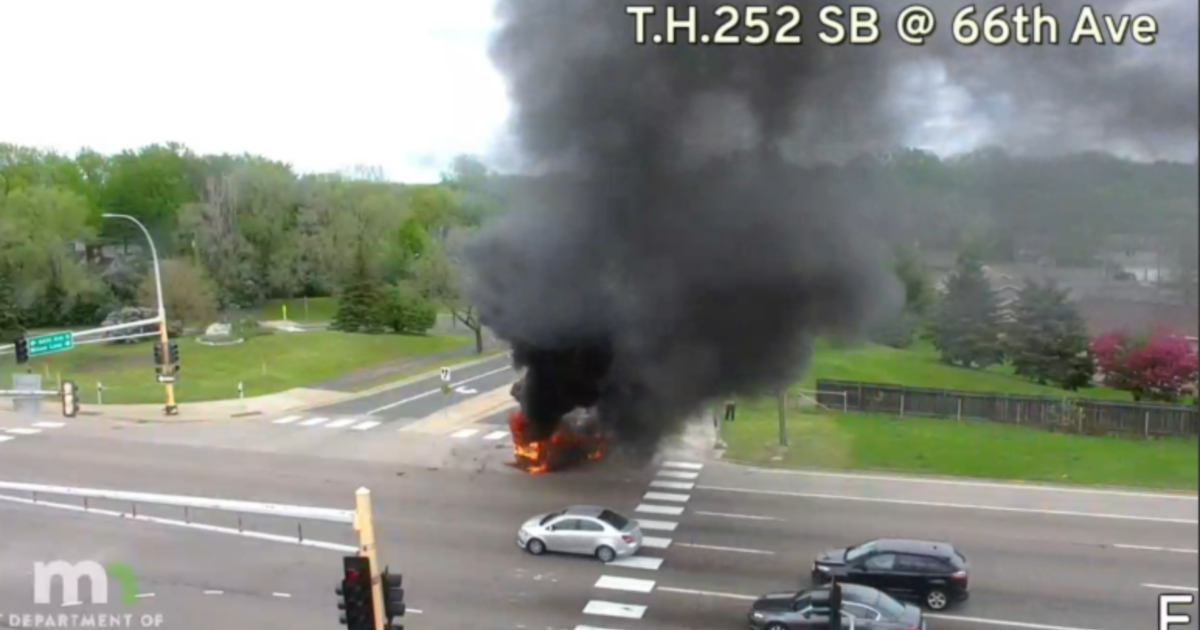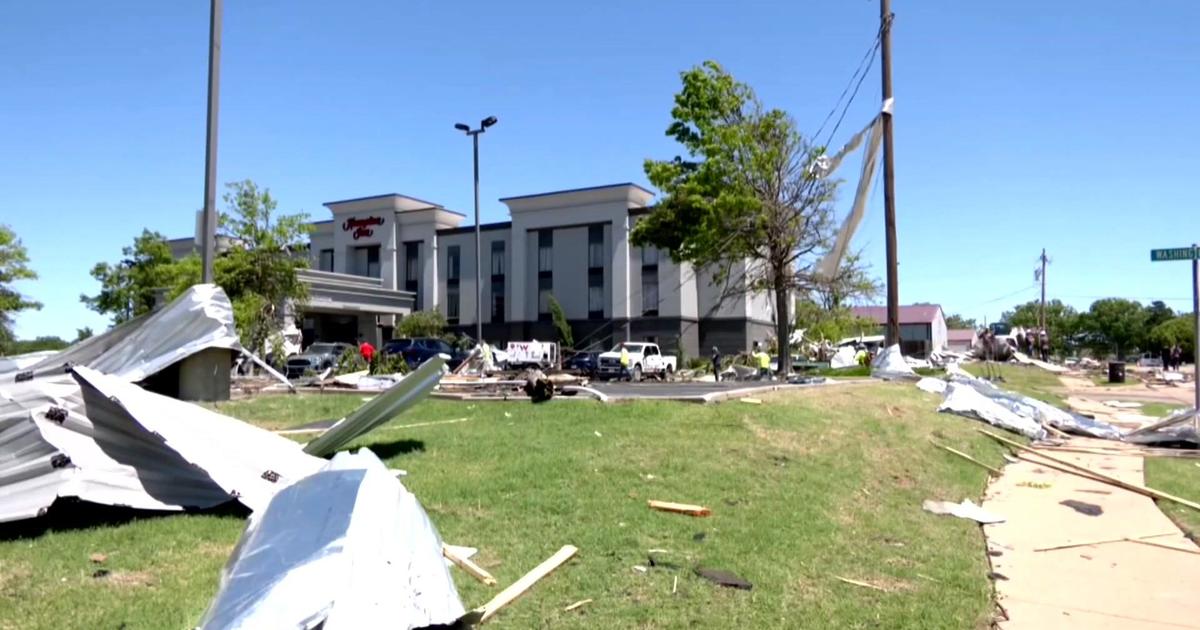Ice Rinks Grapple With Mandatory, Possibly Spendy Switch
PLYMOUTH, Minn. (WCCO) -- When Bantam hockey players step onto the rink at Plymouth Ice Center for a weekend regional tournament, the surface they'll skate on is very real. The ice is silky smooth as slippery to boot.
But the way that ice is kept frozen is very much artificial. It requires a lot of chemical refrigerants compressed and pumped through miles of buried piping to create one single sheet of ice.
It's in the compressor room at the Plymouth Ice Center where the R-22 refrigerant makes its magic.
Contrary to what you would think, the compressed liquid is actually stripping off heat from a separate loop of glycol that is circulating underneath the ice. The more heat that is stripped away, the colder the surface gets.
But by the year 2020, the R-22 refrigerant will no longer be manufactured and imported into the country. The chemical was banned by the Montreal protocol after scientists found that it was escaping into the atmosphere and contributing to the hole in the earth's protective ozone layer.
What R-22 refrigerant that is still in inventories will still be available for use and purchase, though prices will soar. In the 1970's the liquid sold for around 50 cents per pound; it is currently priced at $15.50 per pound. That doesn't seem too bad until you consider a rink can require anywhere from 6,000 to 10,000 pounds of the refrigerant to operate.
That's why the Plymouth Ice Center, like many of the state's ice arenas, is looking to switch over to an alternative and safer refrigerant. In Plymouth's case, they are considering conversion to an ammonia based compressor system.
"The switchover itself, because this refrigerator controls two ice sheets, will be $1.6 million for us," arena manager Bill Abel said.
That's a lot of money to convert from R-22 to the best alternative, but one that all arenas will eventually face -- more than 150 of them in Minnesota alone.
Craig Flor runs the University of Minnesota's Mariucci Arena and is president of the Minnesota Ice Arena Manager's Association. Flor says the switch has been a hot topic of discussion, especially among those concerned about what they will do if their refrigerant systems develop leaks and they can no longer get the R-22.
"The biggest concern is if you have a catastrophic fail or leak," Flor said.
That's when the only solution will be converting to the more expensive alternatives, like carbon dioxide or ammonia. But those conversions will also require expensive new equipment that is compatible for running the new refrigerants. Some arenas will also have to dig up the rink floor and replace all of the piping.
"There's a few in the state that have already converted and got rid of systems that have a lot of that product. Others are looking into it and trying to stockpile money," Flor said.
For now the games will go on, provided R-22 doesn't leak from their systems.
In March, the association will be meeting with state lawmakers in hopes of acquiring state bonding help to assist public ice arenas where the repairs could push them over the edge.



